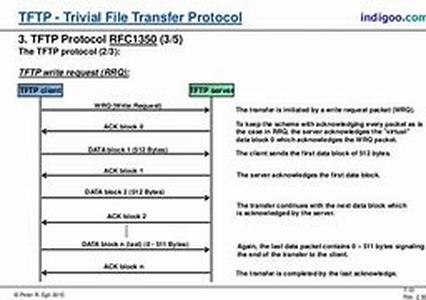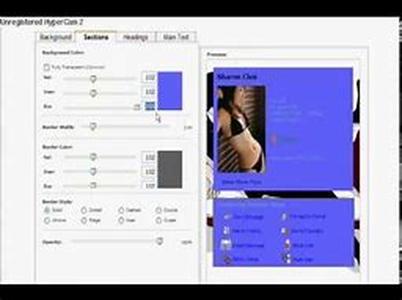
To Pass The CCNA Exam, You've Got To Know The Role Of The Bandwidth Command With IGRP And EIGRP And When To Use It. In This Tutorial, We'll Configure IGRP Over A Frame Relay Hub-and-spoke Network Using The Following Networks:R1 (the Hub), R2, And R3 Are Running IGRP Over The 172.12.123.0 24 Network. This Is A T1 Line.R1 And R3 Are Also Connected On A Different Subnet, 172.12.13.0 24. The Bandwidth Of This Connection Is 512 KBPS.R2 And R3 Are Also Connected By An Ethernet Segment, 172.23.0.0 16.We'll Configure IGRP On R1, R2, And R3 With The Router Igrp 1 Command. IGRP Will Run On All Interfaces In The 172.12.0.0 And 172.23.0.0 Network.R1conf TR1(config)router Igrp 1R1(config-router)network 172.12.0.0The 1 In The Router Igrp Command Refers To The Autonomous System (AS). IGRP Is A Classful Routing Protocol, So Wildcard Masks Are Not Used In The Network Statements.R2conf TR2(config-if)router Igrp 1R2(config-router)network 172.12.0.0R2(config-router)network 172.23.0.0R3conf TR3(config-if)router Igrp 1R3(config-router)network 172.12.0.0R3(config-router)network 172.23.0.0Run Show Ip Route On R1. R1 Will See Three Equal-cost Paths To The Ethernet Network. IGRP Supports Load-sharing Over Up To Four Equal-cost Paths By Default, So All Three Paths Appear In The Routing Table. R1 Will Also See A Route To The Loopback Address On R2 And Two Routes To The Loopback Address On R3. (You Can Also Run Show Ip Route Igrp In Order To See Only The IGRP Routes.)R1show Ip Route IgrpI 172.23.0.016 1008576 Via 172.12.123.2, 00:00:02, Serial01008576 Via 172.12.13.3, 00:00:02, Serial11008576 Via 172.12.123.3, 00:00:01, Serial0Remember That The Numbers In The Brackets Following The Network Number In The Routes Are The Administrative Distance And The IGRP Metric, In That Order.Note That Classful Masks Are In Use. IGRP Does Not Support Variable-length Subnet Masks (VLSM).There Are Two Serial Connections Between R1 And R3. IGRP Is Assuming That Both Lines Are T1 Lines, Running At 1544 KBPS. The 172.12.13.0 Network Is Participating In Equal-cost Load Sharing Because Of IGRPs Bandwidth Assumption - That All Serial Interfaces Are Connected To T1 Lines.To Give IGRP A More Accurate Picture Of The Networks Bandwidth, Configure Bandwidth 512 On R1 And R3s Serial1 Interface (the Interfaces On The 172.12.13.0 Network).R1conf TR1(config)interface Serial1R1(config-if)bandwidth 512R3conf TR3(config)interface Serial 1R3(config-if)bandwidth 512IGRPs Assumption That All Serial Lines Run At 1544 KBPS Is Overridden By The Bandwidth 512 Command. IGRP Now Believes This Line Runs At 512 KBPS.To See The Effect Of This Command, Clear Your Routing Table On R1.R1clear Ip Route R1show Ip Route IgrpI 172.23.0.016 1008576 Via 172.12.123.3, 00:00:24, Serial001008576 Via 172.12.123.2, 00:00:17, Serial00The Routing Table Is Cleared With Clear Ip Route . To See Only The Routes Received In IGRP Updates Instead Of The Entire Table, Run Show Ip Route Igrp. One Of The Paths To 172.23.0.0 Is Now Gone - The Route That Went Through The 172.12.13.0 Network. Now That IGRP Sees That Link As Slower Than The Others, Equal-cost Load Balancing Will Not Occur Over The 172.12.13.0 Network.Its Important To Understand That The Bandwidth Command Does Not Actually Change The Bandwidth Of The Connection; It Changes IGRPs Assumption Of What The Bandwidth Is.In The Next Part Of This IGRP Load-balancing Tutorial, We'll Take A Look At How To Configure Unequal-cost Load Balancing.





